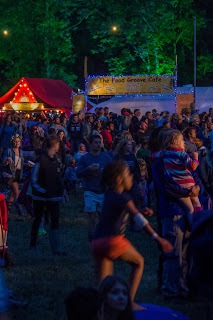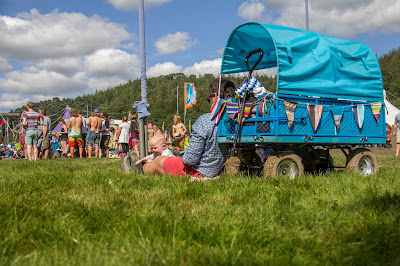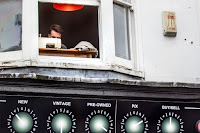When
a place is the main subject of an image but it would look better inhabited,
sometimes it helps to make the people anonymous, to prevent them from becoming
the subject.
A
crowd can dominate a scene but individuals in this image are unrecognisable, on
and off stage.


The
people add interest and a human element to the wet festival scene, however the
environment remains the subject.
The
activities are the subjects of these images rather than the place. As above,
making the individual anonymous prevents any person from becoming the subject.
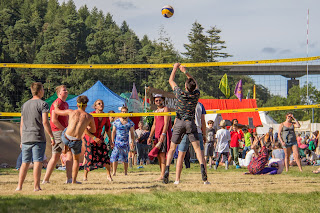
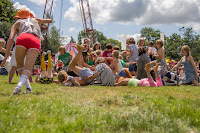
The
graffiti artist is not the subject of the image but her presence shows that it
is a newly created piece.
The
images below all show different elements of festival life while retaining the
anonymity of the people; this is achieved by photographing people from behind.

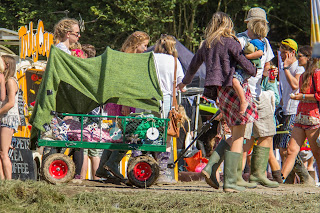
A
silhouette ensures anonymity by removing all detail from the person, leaving
only the setting as the subject.

By
partly obscuring the people in an image, focus is then drawn to the environment
or the activity.
A
slow shutter speed to create motion blur can prevent the people in an image
from being recognised.
